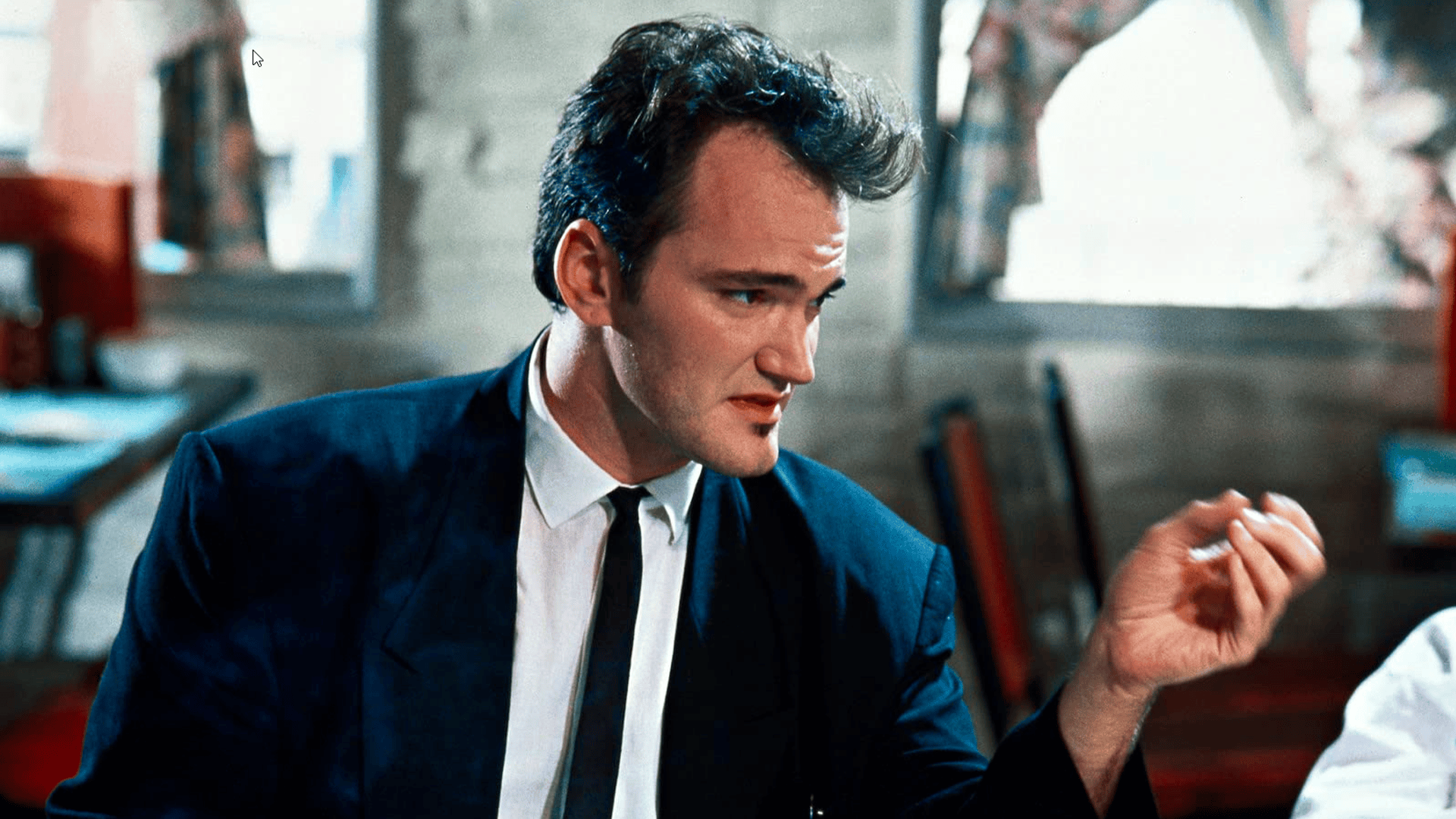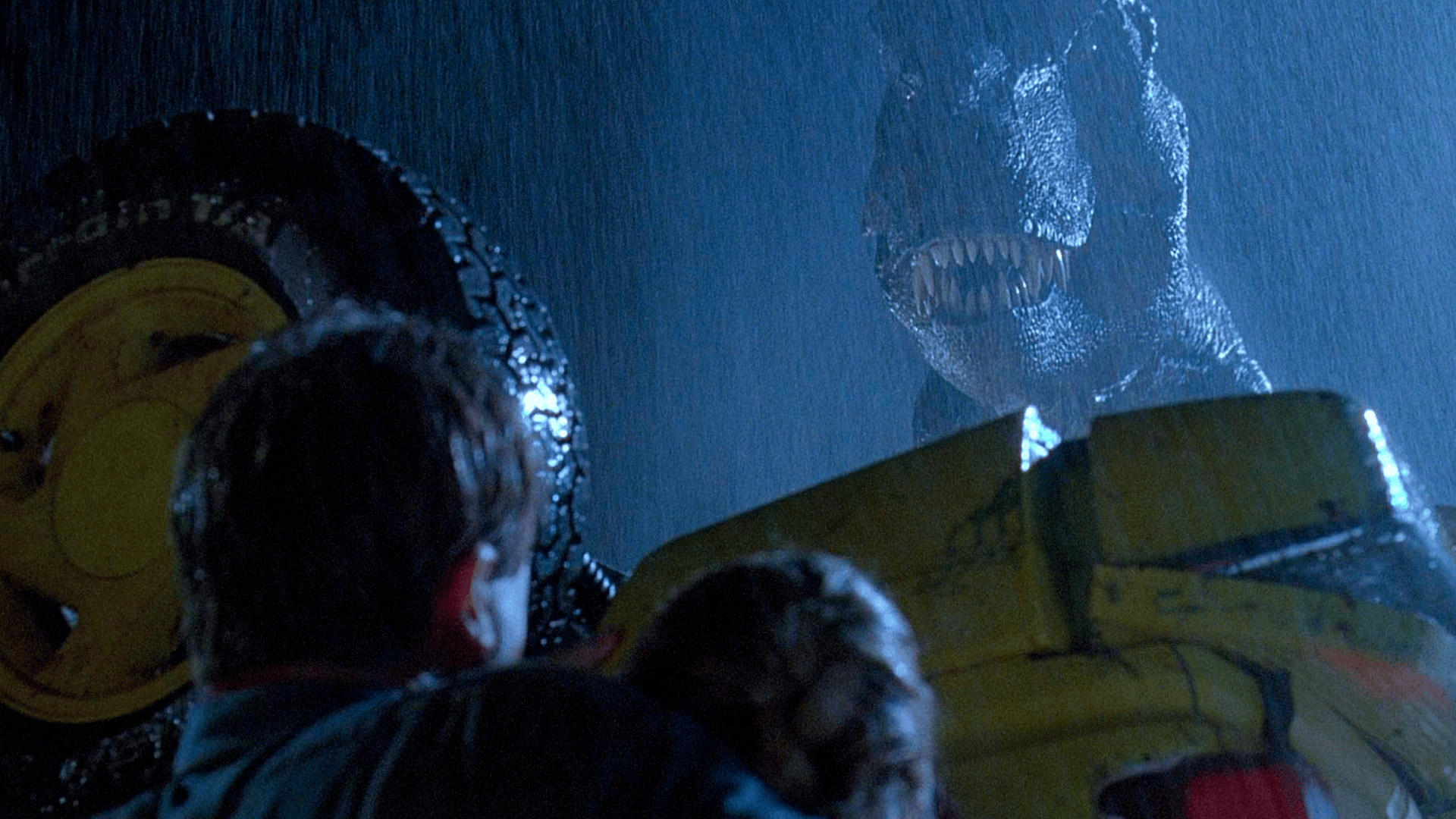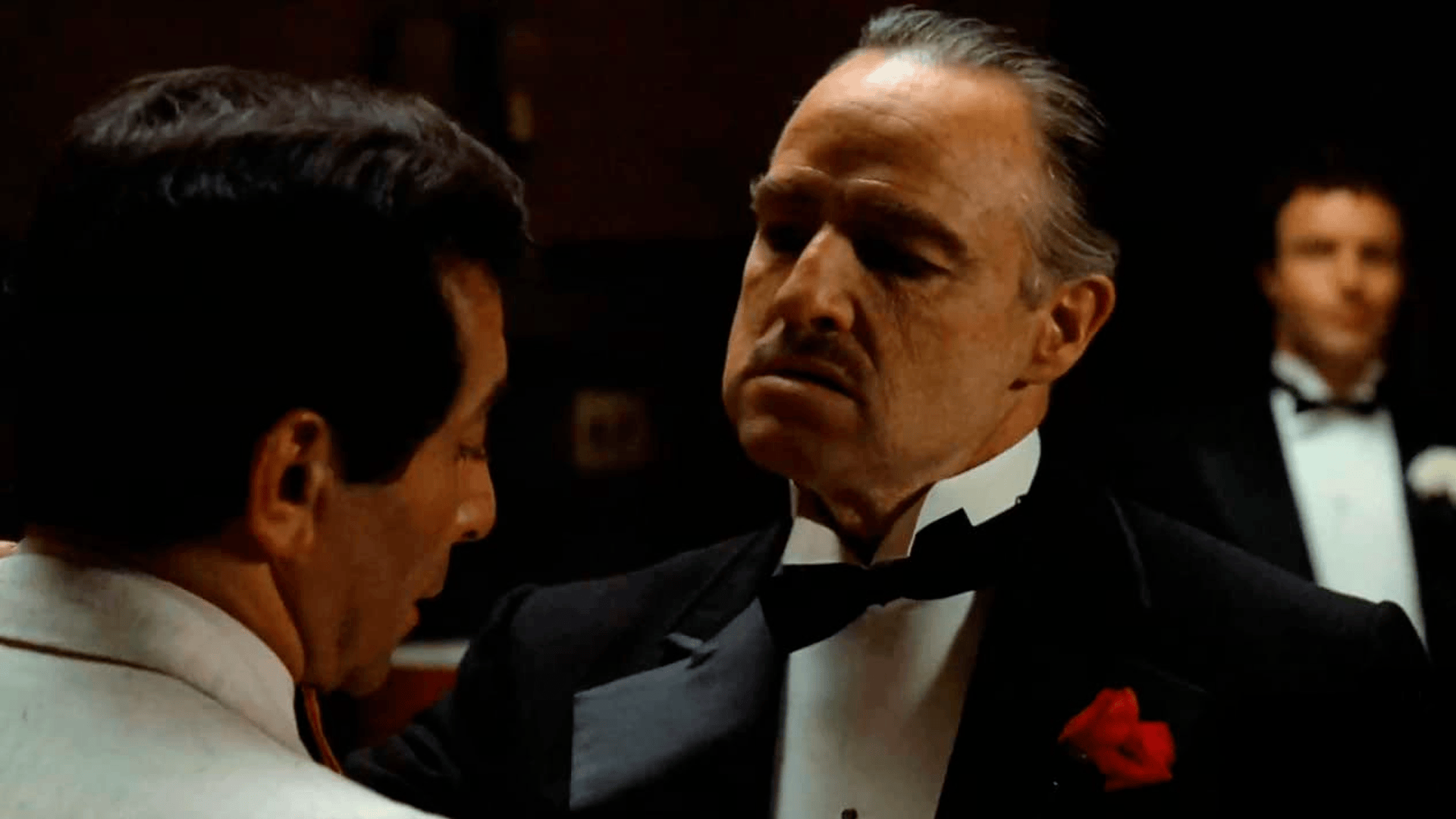Behind the scenes: Examining script breakdown and pre-production strategies in blockbusters
The pre-production process is crucial in creating successful films, and script breakdowns play a pivotal role in ensuring a smooth workflow.


Image source: IMDb.com
By studying case studies in script breakdown and the pre-production processes behind successful films, aspiring filmmakers can learn valuable lessons and best practices to apply in their own projects. In this article, we will analyze three examples from filmmaking history, focusing on the script breakdown techniques and pre-production processes that led to their success.
Understanding the script breakdown process
Script breakdown is the process of dissecting a screenplay into its core elements, such as characters, locations, props, and wardrobe, to prepare for film production. This crucial pre-production step helps filmmakers create a realistic schedule, budget, and plan for various departments, ensuring a well-coordinated production process.
Case Study 1: A successful independent film - "Reservoir Dogs" (1992)
"Reservoir Dogs", Quentin Tarantino's debut feature, showcases how meticulous script breakdown and pre-production planning can lead to a successful independent film. With a limited budget, Tarantino focused on minimal locations, a small cast, and clever use of dialogues to drive the story. By carefully planning the shooting schedule and managing resources, the film became a cult classic and launched Tarantino's career.

Case Study 2: A blockbuster film - "Jurassic Park" (1993)
Steven Spielberg's "Jurassic Park" is an example of a blockbuster film that benefited from a well-structured script breakdown and pre-production process. The filmmakers meticulously planned the use of practical effects, animatronics, and groundbreaking CGI to bring the dinosaurs to life. By allocating resources wisely, creating detailed storyboards and shot lists, and coordinating with various departments, the film's production team executed a complex and ambitious project that became a box-office hit.

Case Study 3: A critically acclaimed film - "The Godfather" (1972)
Francis Ford Coppola's "The Godfather" demonstrates the importance of a comprehensive script breakdown and pre-production process for a critically acclaimed film. The filmmakers conducted extensive research, location scouting, and casting to ensure authenticity in the portrayal of the Mafia world. By managing time and resources effectively, the production team created a masterpiece that remains one of the greatest films in cinema history.

Lessons learned from successful film case studies
These case studies showcase the importance of thorough script breakdowns and pre-production planning in successful filmmaking. Key lessons include:
- Meticulous planning and organization lead to efficient use of resources.
- Prioritizing critical elements in the screenplay helps manage budget constraints.
- Detailed storyboards and shot lists enhance communication between departments.
- Time management is essential to meet deadlines and maintain production quality.
- Research, location scouting, and casting contribute to the film's authenticity and overall success.
Conclusion
Understanding script breakdowns and the pre-production process behind successful films is essential for aspiring filmmakers. By analyzing case studies and learning from the experiences of successful filmmakers, you can apply these lessons and best practices to your own projects. Embrace the power of script breakdown techniques and pre-production planning to create films that resonate with audiences and achieve both critical and commercial success. Utilizing tools like Filmustage can further streamline this process, offering AI-powered and immediate script breakdown features that facilitate collaboration between departments and save valuable time. Incorporate Filmustage into your pre-production workflow to optimize your filmmaking journey and maximize your chances of success.
From Breakdown to Budget in Clicks
Save time, cut costs, and let Filmustage’s AI handle the heavy lifting — all in a single day.